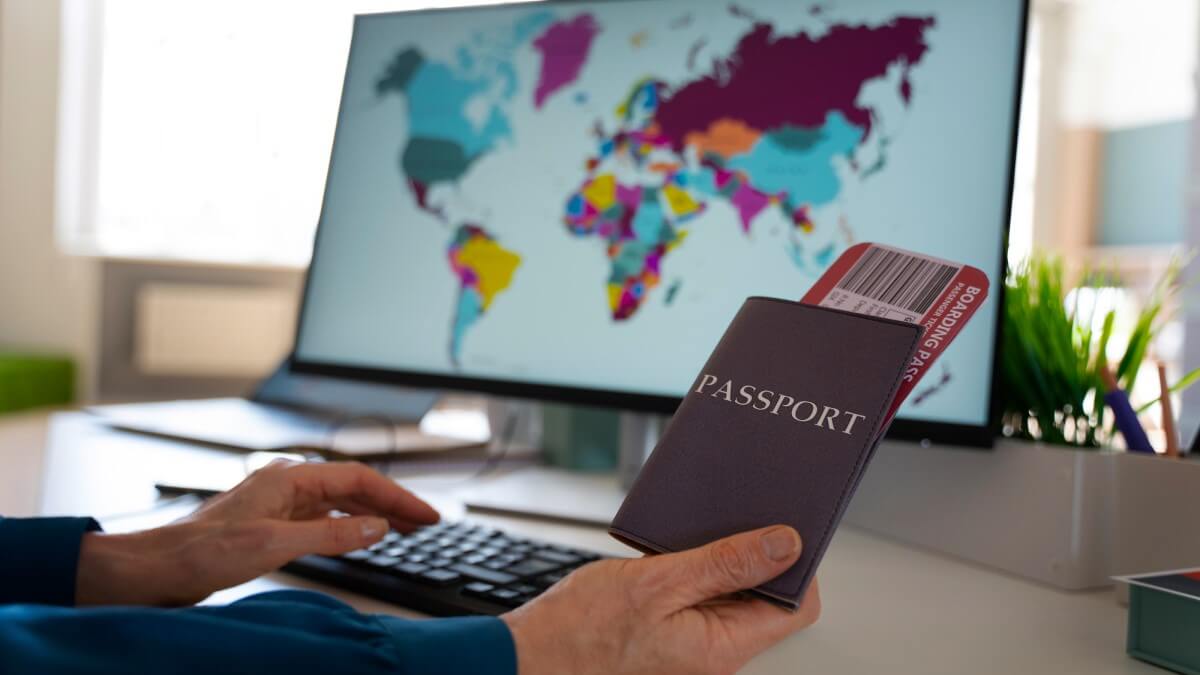The latest report from United Nations Tourism has found that following the lifting of travel restrictions related to COVID-19, the openness of destinations to international travel has returned to pre-pandemic levels.
In particular, the pandemic has prompted the emergence of new forms of travel facilitation, such as “nomadic visas”, VisaGuide.World reports.
As the report shows, there has been a marked decline in traditional visa applications globally, with the proportion of people applying for traditional visas falling from 77 percent in 2008 to 59 percent in 2018 and further to 47 percent in 2023.
On the other hand, travel visa-exempt has seen an increase, with 21 percent of the world’s population not requiring some form of visa, up from 17 percent in 2008 and 20 percent in 2018.
UN Tourism study further revealed that visa availability on arrival has also expanded significantly, now accessible to 14 percent of the global population, up from six percent in 2008 and 15 percent in 2018. Similarly, Visa options have become more widespread, with 18 percent of the world’s population able to apply for an eVisa, a notable increase from three percent in 2013 and seven percent in 2018.
The report sheds light on the evolving landscape of travel facilitation. It includes the Tourism Visa Openness Index, which measures the degree to which destinations facilitate tourism and how open a country is regarding visa facilitation for tourism purposes. Also, mobility scores are included to indicate the extent to which citizens worldwide are subject to visa policies, as well as an in-depth analysis of the reciprocity of visa policies.
Tourism Visa Growth in South Asia & West Africa
Regionally, the report disclosed the key trends regarding tourism visa regulations. It points out that there is a noticeable opening in Asia and the Pacific compared to other global regions.
Meanwhile, sub-regions such as Southeast Asia, East Africa, and the Caribbean display a welcoming trend, distinguishing them as particularly welcoming.
As for South Asia and West Africa, UN Tourism reports said that they have seen significant growth in openings since the last report in 2018.
In contrast, Central and Northern Africa, North America, and Northern and Western Europe take a more restrictive stance.
Moreover, the popularity of visa waivers is particularly evident in the Caribbean and Central America.
Visa Innovation: A Global Perspective on Entry Procedures
Regions, including East Africa, South Asia, Southeast Asia, and West Africa, often implement visa-on-arrival policies, simplifying entry procedures for travelers. Traditional visa applications in the Middle East have declined significantly, falling from 71 percent of the global population in 2015 to 57 percent in 2023.
As UN Tourism explains, in West and East Africa, as well as South Asia, eVisa adoption is steadily increasing, indicating a clear shift towards electronic visa systems in these regions.










